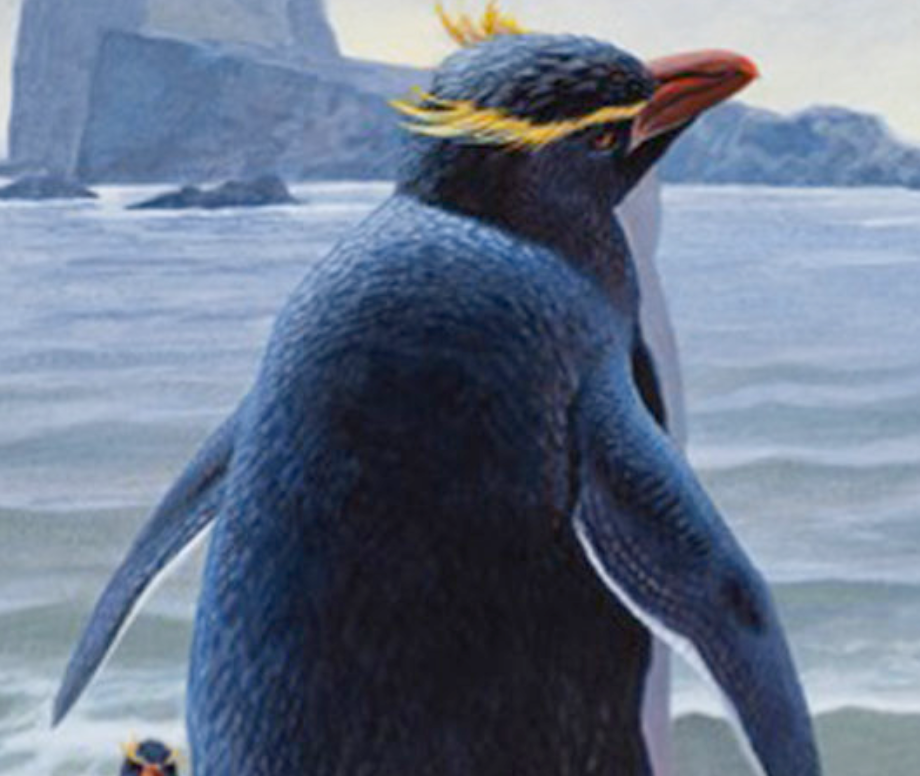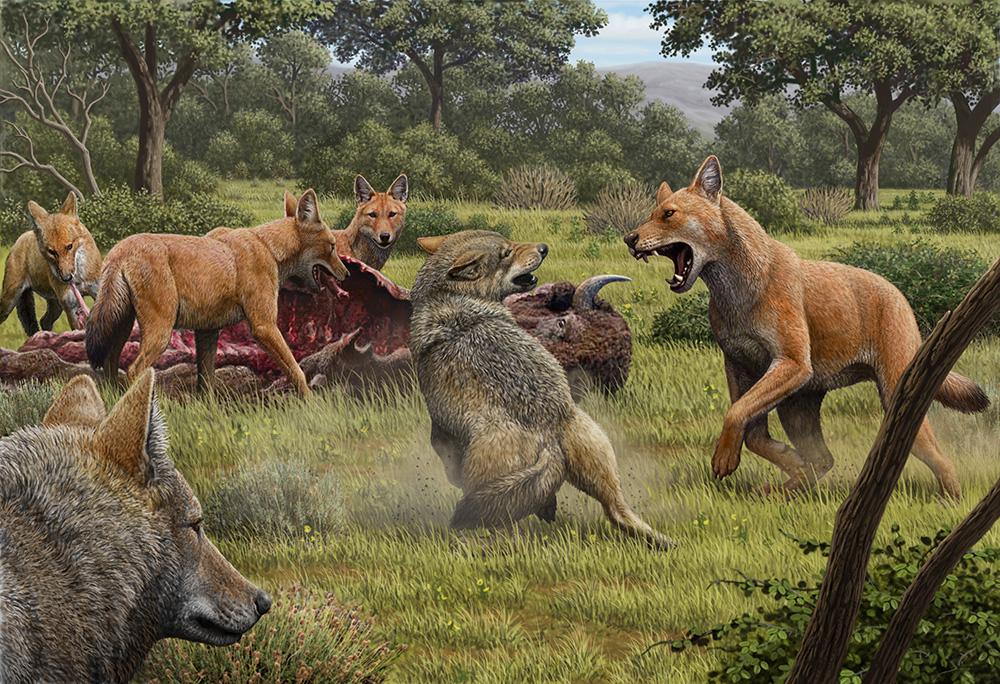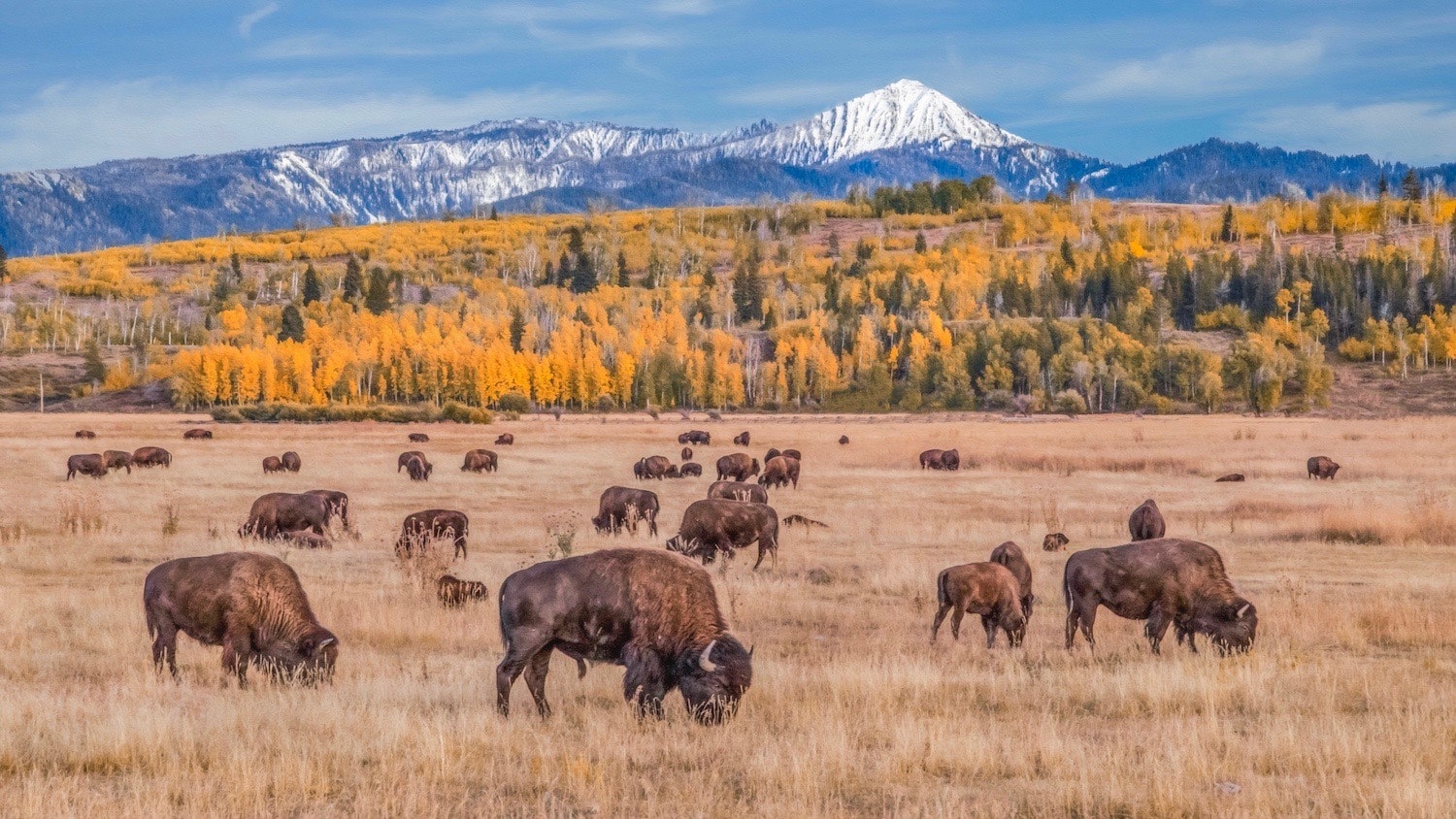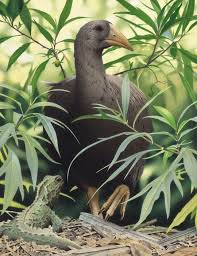Researchers at the University of Adelaide’s Australian Centre for Ancient DNA analysed DNA from prehistoric penguin bones found on the Chatham Islands east of New Zealand as part of the evolutionary study.
Co-author of the study, Dr Kieren Mitchell said they were surprised when ancient DNA from these bones revealed the existence of two previously unknown penguins: a new species of crested penguin (Eudyptes warhami) and a new dwarf subspecies of yellow-eyed penguin (Megadyptes antipodes richdalei).
“The bones were 10 to 20 per cent smaller than the yellow-eyed penguin that currently lives in New Zealand, making it more like a Rockhopper or Macaroni penguin,” Dr Mitchell, a postdoctoral researcher at the University of Adelaide said.
The discovery by the Australian Centre for Ancient DNA, the largest ancient DNA research centre in the Southern Hemisphere, will allow researchers to investigate and understand the link between human settlement on the Chatham Islands more than 200 years ago and the penguin extinction.
“It helps to give a sense of how we might have underestimated the extinctions that humans have caused over the very recent history, just because they became extinct so quickly after humans arrived in those areas that there was barely a record left of them for scientists to analyse,” he said.
“It’s a cautionary tale for what they represent now. It’s a good example of, up until recently, there were a lot of species that we didn’t realise existed. We’re still discovering species that only became extinct in the last hundred years or so.”
The discovery is part of research published in the journal Molecular Biology and Evolution and led by the University of Otago in New Zealand. The research found that new penguin species arose at the same time as the islands they breed on.
There are 20 living species of penguin, which range from the 45 kilogram emperor penguin to the 1.5 kilogram little penguin. While penguins spend most of their lives at sea, they must all return to land to breed.
“The northern rockhopper penguin evolved at the same time as Gough Island emerged from the Atlantic Ocean,” Dr Mitchell said.
“This was the same for the royal penguin on Macquarie Island and the Galápagos penguin in the Galápagos Islands.
“We suspect this was caused by newly established breeding colonies becoming isolated, which after hundreds of thousands of years formed new species.
“And, while not necessarily linked directly to island formation, our results also provided additional evidence supporting previous studies that divided the little penguin into two distinct species: one breeding exclusively in New Zealand, and another breeding primarily in Australia, including the colonies on Granite Island and Kangaroo Island in South Australia, Phillip Island in Victoria or Bruny Island in Tasmania.”
The Australian Centre for Ancient DNA has an international reputation for its innovative research developing new platform technologies like UV light sterilisation, freezer rooms and still-air working areas for ancient biological samples. The centre has international research leaders working on projects in forensics, human evolution, mega-functional extinction and climate change.
Dr Mitchell said they were able to discover the new species with a small piece of the bones taken from Chatham Island.
“We take a little chunk of the bone, all we need is a gram. We grind it up into a powder and dissolve it so that all the molecules are released into a liquid,” he said.
“We add silica particles, which bind strongly to DNA, to the solution. The DNA sticks to that and then we can separate the silica particles, with the DNA attached to it, and wash everything else away. We get left with a pure solution of DNA which we can do what we want with.”
Dr Mitchell said the project is significant for understanding how species can, and have become extinct, especially with human interaction.
“The outcomes of the study are really just highlighting how quickly the situation can go downhill for species and how important it is for protecting island environments,” he said.
Original story from The Lead









